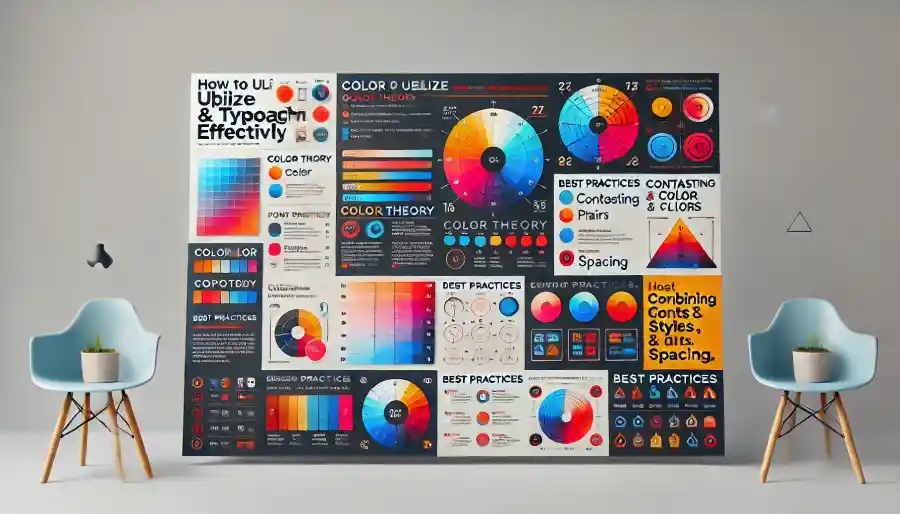How To Utilize Color and Typography in Presentations
From invoking emotions to communicating messages, color and typography play incredibly crucial roles in shaping the effectiveness of any presentation. These powerful visual tools can create more engagement, make content more digestible, and support us in telling our story more effectively. In this article, we will explore the importance of color and typography in presentations and provide insight and guidance on how to use them effectively. Keep reading to discover how these visual elements can transform your presentations.
Understanding the Impact of Color in Presentations

The influence of color in presentations is powerful and wide-ranging. Different hues can evoke diverse moods and emotions, and these can significantly impact viewer engagement.
A presentation with well-coordinated and thoughtful color use can grab your audience’s attention while also clearly directing their focus toward essential points. However, one must be careful as too much color usage can also distract, confusing the viewer instead.
It’s a delicate balance, but by understanding the basics of color theory and the psychology behind it, you can use this powerful visual tool to your advantage. Presentation designers are experts in such details.
In addition, color consistency can help build your brand’s identity within the presentation. Sticking to your brand’s (or your topic’s) palette can positively contribute to the overall professionalism and cohesiveness of your final product.
Core Concepts of Color Theory and How to Apply Them in Your Slides
Color theory is the science and art of using color. It explains how people perceive color and the visual effects of color combinations.
Several primary components of color theory are logical and easy to understand—the color wheel, color harmonies, and the context of how colors are used.
Using color theory to your advantage in your slides can help create a sense of structured visual hierarchy, guide your viewer’s eye to critical information, evoke emotional responses, and improve overall design aesthetics.
Remember, the understanding and effective application of color theory is not just about creating an aesthetically pleasing palette but also serving and reinforcing the content of your presentation.
Harnessing the Power of Typography to Enhance Communication
Typography, similar to color, plays a vital role in setting the tone for your presentation.
The font choices you make can contribute to the audience’s understanding of the material. It can make your messages clear and readable and visually lead the viewer through your presentation.
A carefully crafted typography strategy can also help emphasize important information, give structure to your design, and make your slides more visually appealing.
Consider the font’s style, size, and spacing when designing your presentation. Remember, typography serves more than just a stylistic purpose; it’s another powerful tool for communication in your design arsenal.
Exploring Different Fonts and Their Psychological Implications

Just like colors, fonts carry psychological implications with them. They evoke emotions and reactions and can reflect personality, culture, or even a specific era.
For instance, a serif font can project an image of reliability, tradition, and respectability, while a sans serif font can convey modernity, simplicity, and forward-thinking.
Even within those categories, different fonts can carry different connotations. Arial, a popular sans serif font, projects a clean, modern, and easy-to-read image, while a font like Comic Sans, also sans serif, is viewed as casual, informal, and childlike.
By selecting fonts that match the tone and content of your presentation, you can create compelling slides that resonate with your viewers on both a conscious and subconscious level.
Understanding and leveraging the power of color and typography in presentations can enhance communication, improve aesthetics, and create a stronger connection with your audience. Remember, these elements aren’t just decorative—they’re powerful communication tools that can determine the effectiveness of your presentation.

